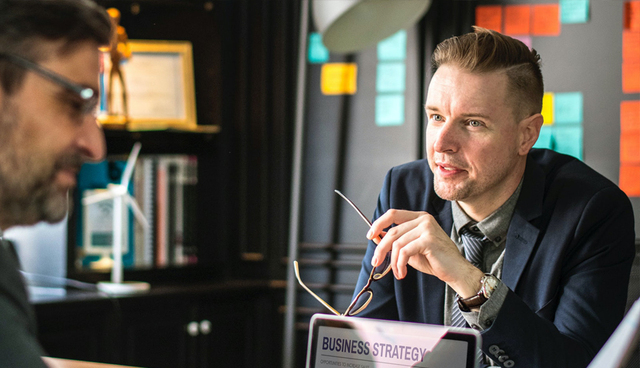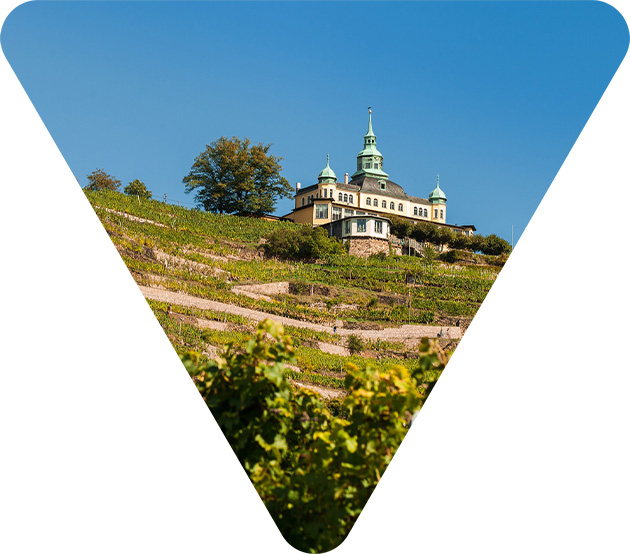Other visitor magnets in the district include the Karl May Museum in Radebeul, commemorating this popular writer of travel tales who enjoyed dressing as his Wild West character Old Shatterhand. A narrow-gauge locomotive puffs along Radebeul’s Lößnitzgrund valley, while gleaming white steamers glide down the Elbe past Meissen to Diesbar-Seusslitz.
Climb the steep hills of the 37 wine estates in the Radebeul Lößnitz and Spaargebirge collectives and you can toast one another with a splendid glass of Grauburgunder (Pinot Gris) or Müller-Thurgau. Many vineyard owners informally serve wine to thirsty hikers exploring Europe’s north-easternmost wine-growing region. Cheers!





